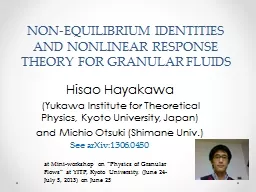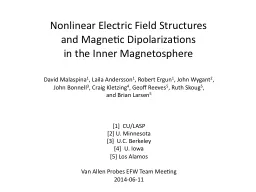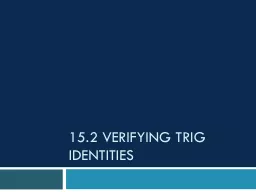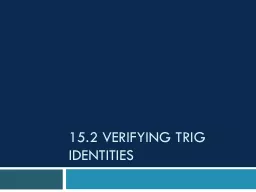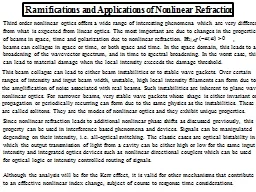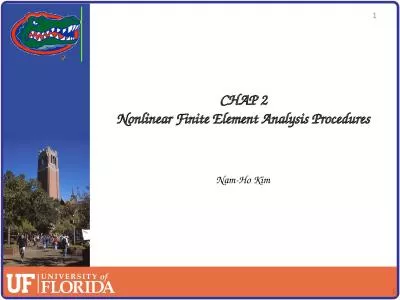PPT-Non-equilibrium identities and nonlinear response theory fo
Author : stefany-barnette | Published Date : 2016-10-21
Granular Fluids Hisao Hayakawa Yukawa Institute for Theoretical Physics Kyoto University Japan and Michio Otsuki Shimane Univ at Miniworkshop on Physics of
Presentation Embed Code
Download Presentation
Download Presentation The PPT/PDF document "Non-equilibrium identities and nonlinear..." is the property of its rightful owner. Permission is granted to download and print the materials on this website for personal, non-commercial use only, and to display it on your personal computer provided you do not modify the materials and that you retain all copyright notices contained in the materials. By downloading content from our website, you accept the terms of this agreement.
Non-equilibrium identities and nonlinear response theory fo: Transcript
Download Rules Of Document
"Non-equilibrium identities and nonlinear response theory fo"The content belongs to its owner. You may download and print it for personal use, without modification, and keep all copyright notices. By downloading, you agree to these terms.
Related Documents

